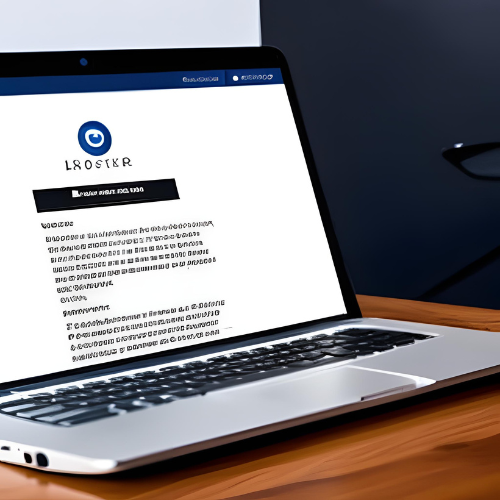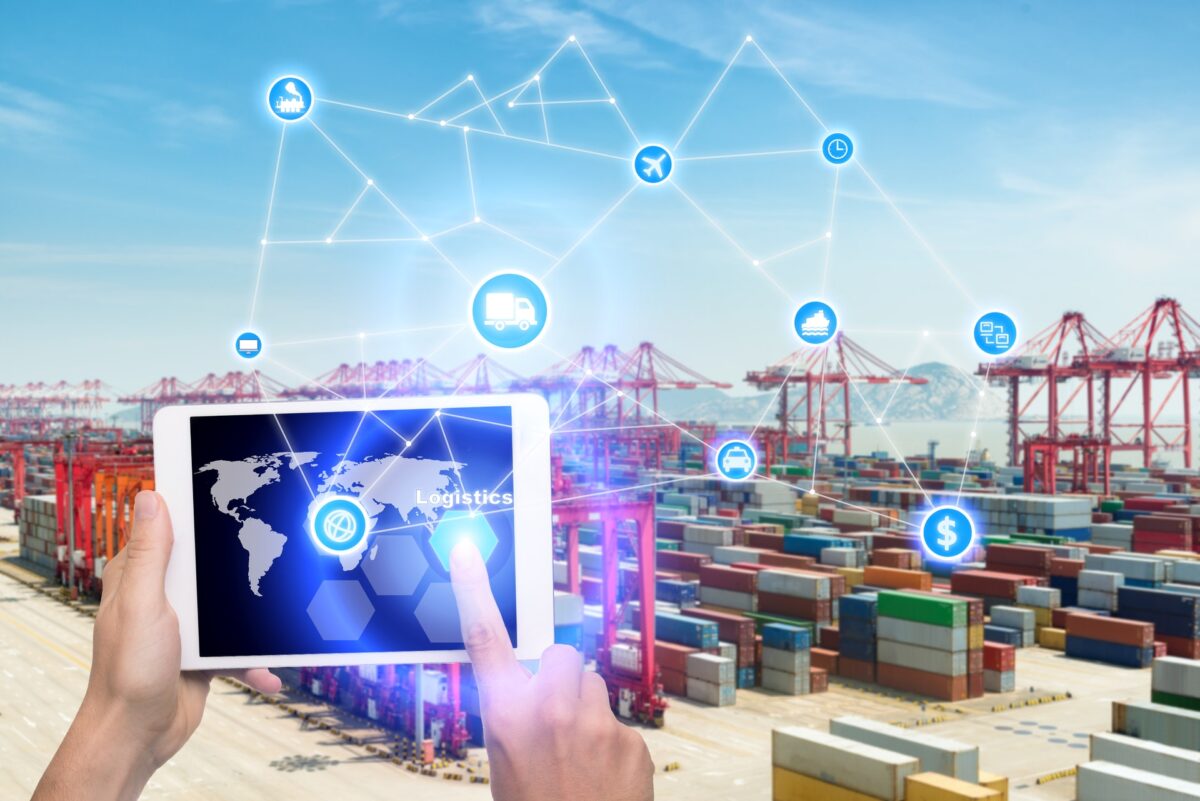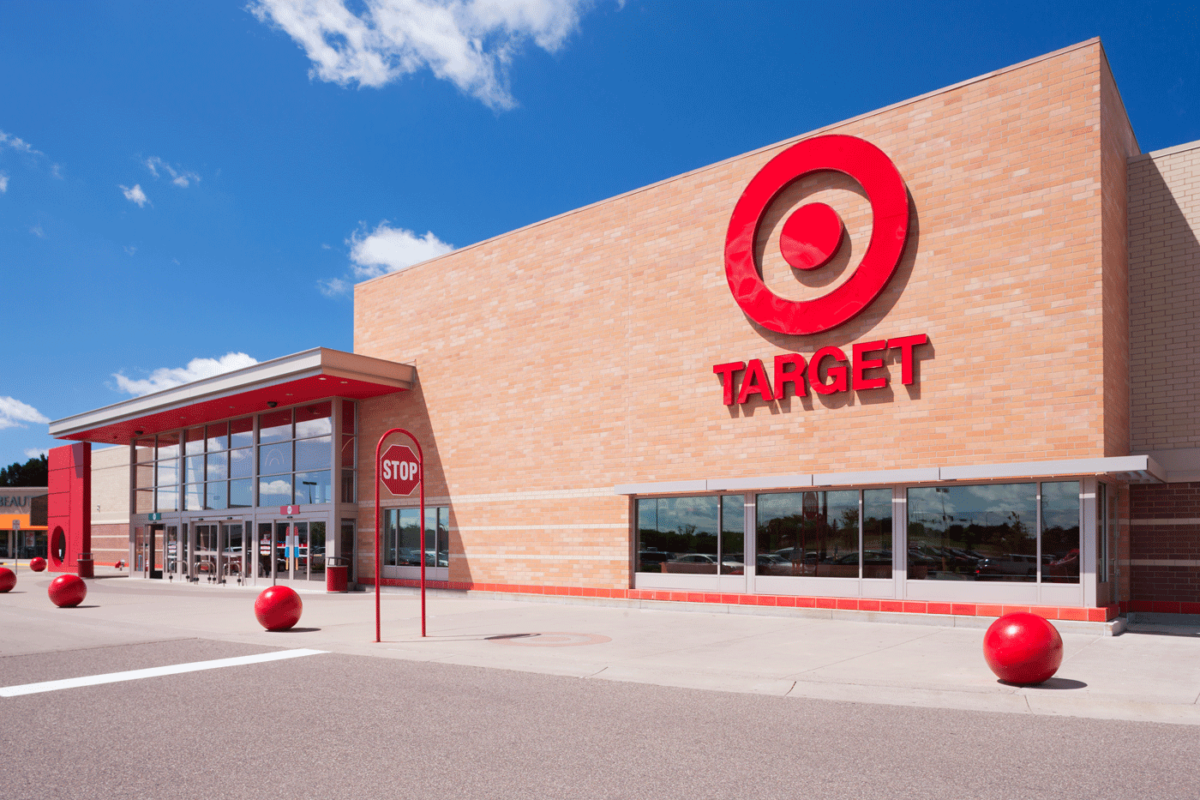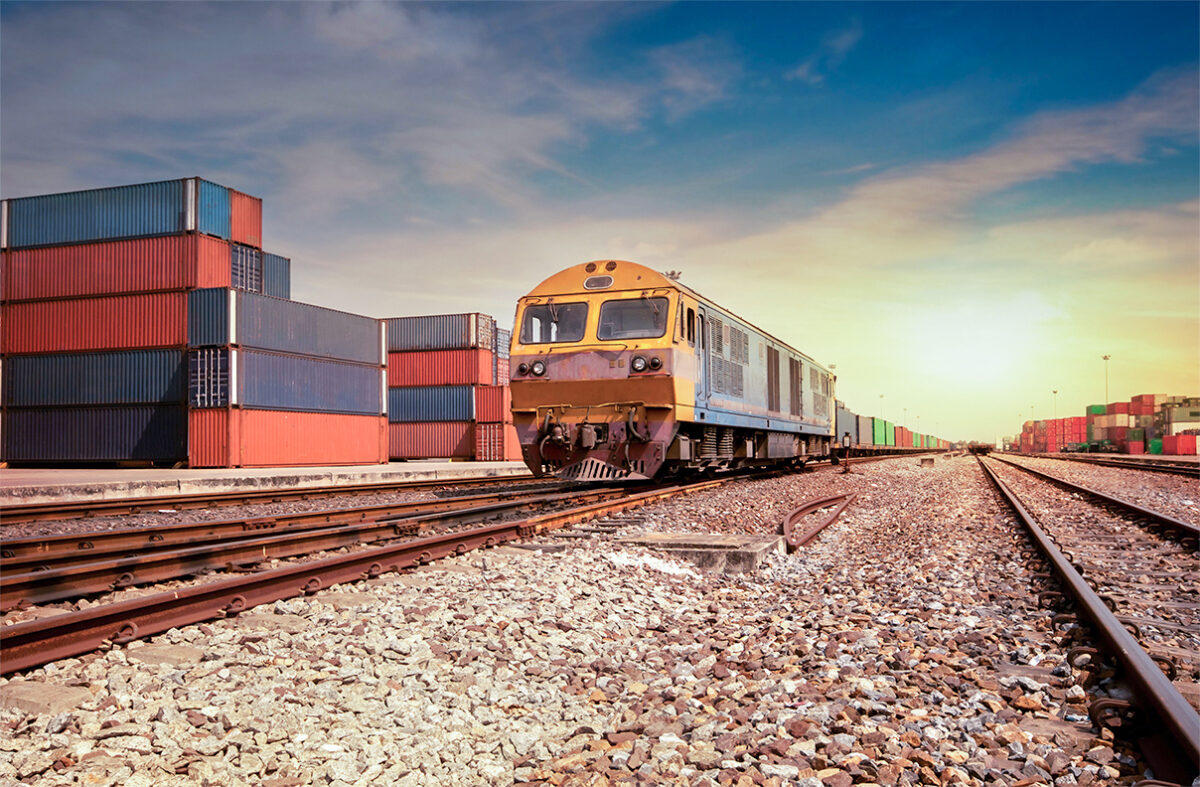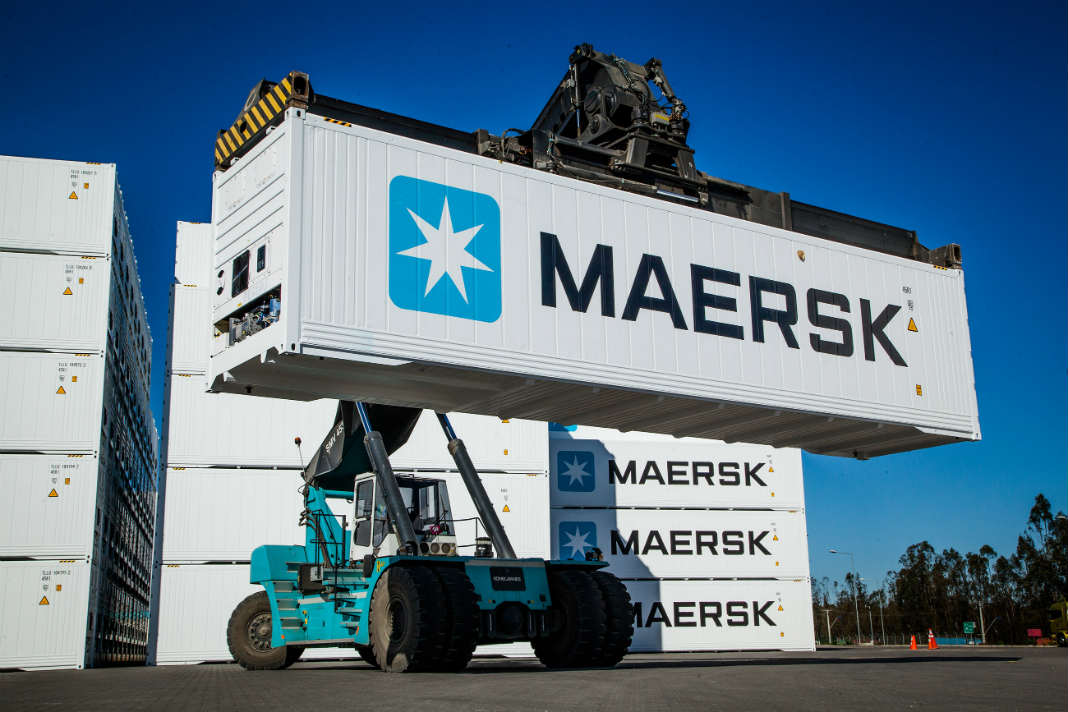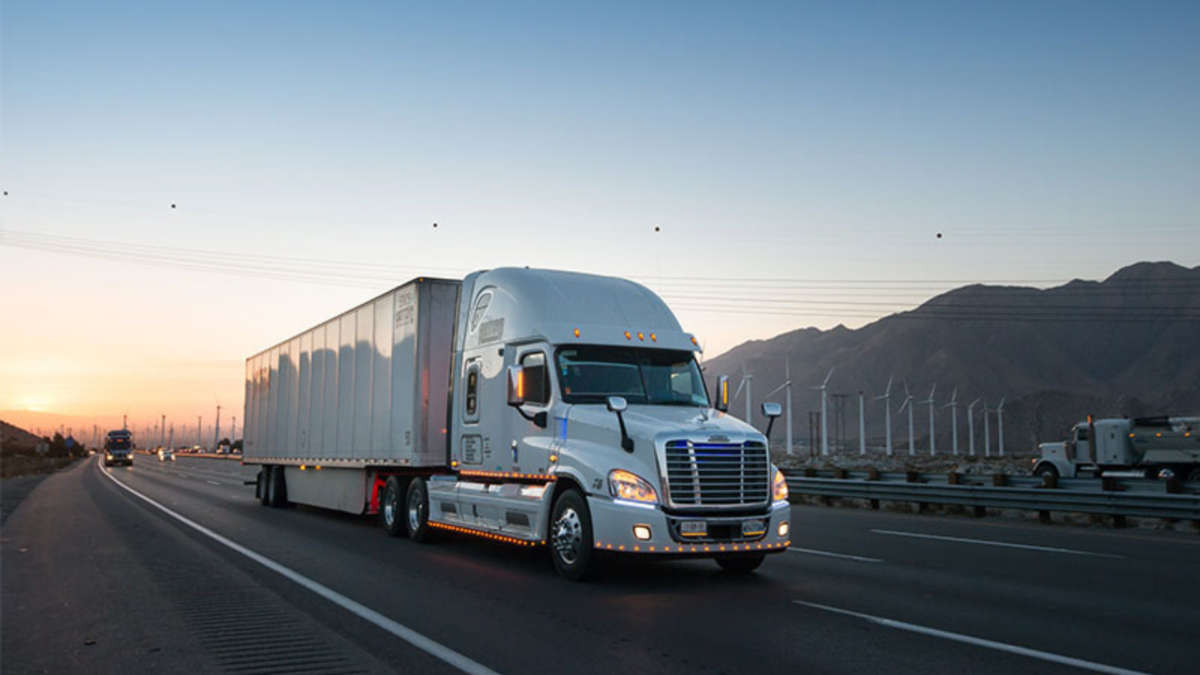Attending top freight broker classes is a surefire way to gain the knowledge, skills, and industry insights necessary to excel in the dynamic world of freight brokerage. Whether you’re just starting your career as a freight broker or seeking to enhance your existing skills, enrolling in reputable classes can make a significant difference in your success. In this article, we will explore the benefits of attending top freight broker classes and highlight some key factors to consider when choosing the right program.
- Expert-Led Training
Freight broker classes are often led by seasoned professionals with extensive experience in the transportation and logistics industry. These experts bring real-world knowledge and practical insights to the classroom, providing valuable perspectives on industry trends, challenges, and best practices. - Comprehensive Curriculum
Reputable freight broker classes offer a comprehensive curriculum that covers essential topics related to freight brokerage. From understanding market trends and rate negotiations to building strong relationships with carriers and shippers, a well-designed curriculum will equip you with the skills needed to thrive in the competitive market. - Networking Opportunities
Attending classes with other aspiring freight brokers provides valuable networking opportunities. Interacting with peers and instructors can lead to valuable industry connections, potential partnerships, and insights into different aspects of the business. - Flexibility and Convenience
Many freight broker classes offer flexible scheduling options, allowing you to balance your training with other commitments. The flexibility of online programs enables you to learn at your own pace. - Success Stories and Testimonials
Research the success stories and testimonials of past students who have completed the freight broker classes you are considering. Positive feedback and success in the field can be indicators of the program’s effectiveness.
Attending freight broker classes is a strategic investment in your career as a freight broker. The expertise of instructors, comprehensive curriculum, hands-on exercises, networking opportunities, and flexible scheduling make these classes valuable learning experiences. Take the time to research and select a reputable program that aligns with your career goals and sets you on the path to success in the freight brokerage industry. So, don’t miss out on the chance to attend classes that can elevate your skills and open doors to exciting opportunities in the transportation and logistics sector.
Growth + Change = Opportunity!


